Walking through Manhattan on a clear and cool spring afternoon, I found myself immersed in a style landscape where every street corner turns into a mini runway and every passerby tells a story of urban elegance. Not long ago at New York Fashion Week, I got a front-row seat, so to speak, to the city’s unique blend of tailored sophistication and effortless cool. I remember stepping out from a packed screening of a new film at the Paris Theater on 58th Street and getting swept up in a moment where the line between street style and red-carpet glam blurred into one continuous narrative.
That day, I was inspired not just by the curated looks on the billboards of Fifth Avenue but by the spontaneous fashion moments unfolding on the sidewalks—where the urban environment itself became the backdrop for a modern style revolution. That afternoon, I glimpsed a man sharply turned out in a double-breasted suit that perfectly balanced classic tailoring with contemporary minimalism. His look was the kind of almost ludicrously handsome one sees in fashion illustrations that aim to convey the idea of a “suit guy.” It also felt dangerously close to an outfit that could show up on an Instagram post and be captioned “City Chic.” (The above, however, is not a photo caption; it’s an approximation of my afternoon’s sighting.) Nearby, a young woman was doing her own version of the look.
She had on a coat that was cut as sharply as the one I was wearing, a piece that somehow fused the appeals of trench and duffle coat to create an adequately warm yet correctly proportioned outer layer for a woman and one that smartly harked back to the classical designs of a fashion icon like Diane von Furstenberg. A conversation I had recently with a stylist who has worked with some of the most recognizable names in fashion popped into my head. Over coffee in a bustling SoHo café, she shared what makes her tick creatively.
It’s this: the energy of New York City infuses everything she does, in the best possible way—whether that’s dressing a client, or herself. Her prime examples? The city is all over designers like Marc Jacobs and Alexander Wang.
Understand: “City chic isn’t just about wearing expensive labels. It’s about understanding the interplay between form and function, and the ever-changing urban landscape.” Don’t take what comes next as a clear definition, though. See it more as a set of guiding principles high-fashion humans live by.
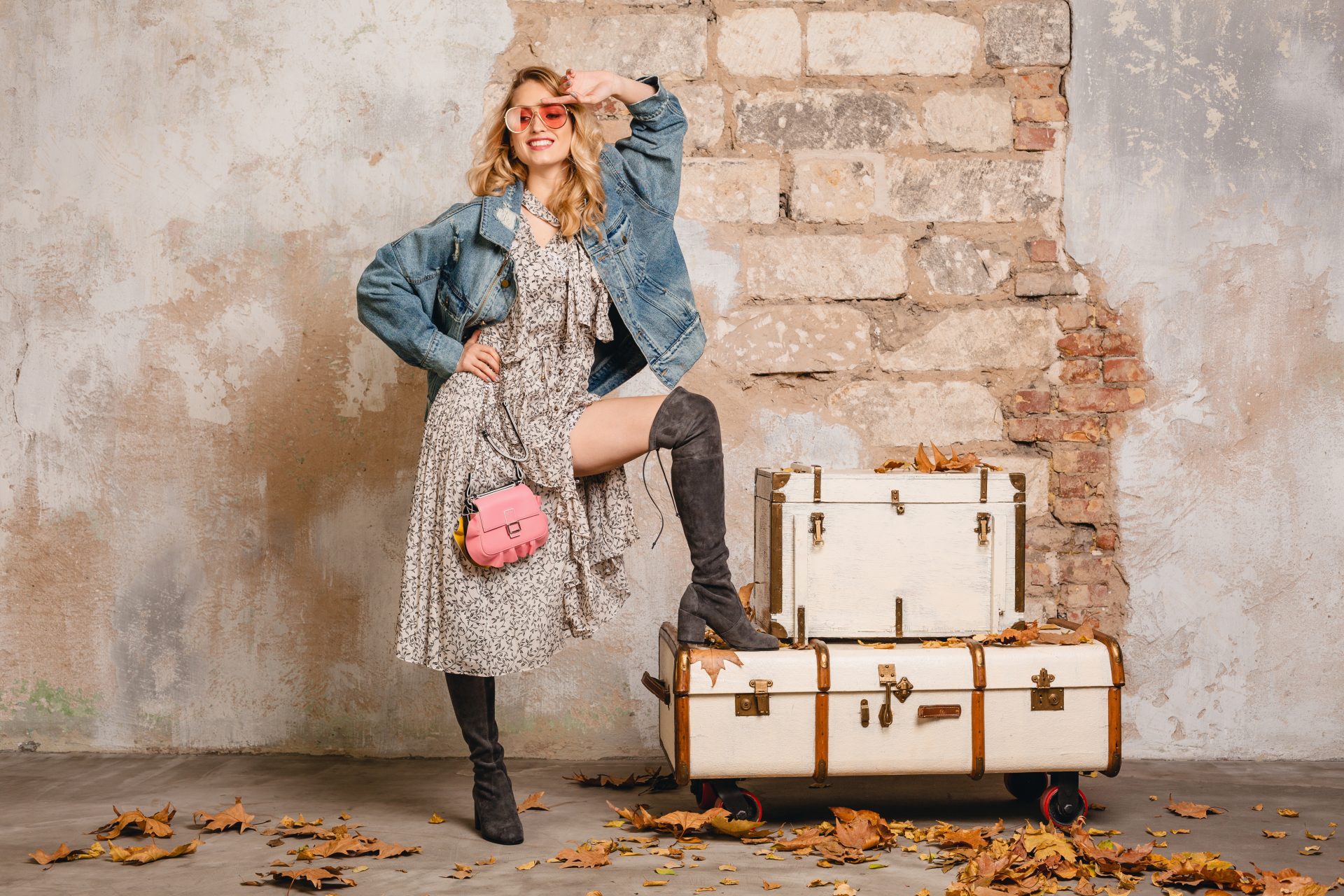
That evening, I was at an exclusive rooftop gathering for industry insiders and fashion enthusiasts. I listened closely as a well-known editor from a leading fashion magazine laid out her thesis on the current state of affairs inside the fashion world. The view was amazing; Lower Manhattan’s skyline sparkled beneath us.
But the real illumination came from the editor, who had the conversation drifting, quite naturally, toward how designers are capturing the restless, restless energy of the city in their collections. She talked about the resurgence of tailored blazers with asymmetric cuts—a recurrence that’s been a theme since the early days of New York’s revitalized fashion scene. She also touched on a much longer conversation associated with City Chic in its most authentic form, by which she meant a living, breathing dialogue between the past and the future.
The night offered itself for reverie into the high-profile past events that had led me to an understanding of urban style. I thought of the most recent Met Gala, where such en charge figures as Zendaya and Timothée Chalamet took to the red carpet in ensemble decisions that basically encapsulated (in my opinion) the idea of modern urban sophistication. Their look decisions played on the unfussy elegance of something like an Oscar de la Renta number, while at the same time they were almost custom-fit for that intersection of archive and edgy reinterpretation that we see both in vintage and in contemporary urban looks.
More than that, I also found revelatory (in an obviously semiotic way) the very act of appearing at the Met Gala, repped by its many different appropriations of the urban in the act of getting all dressed up in going on living one’s life. Retracing my steps through the neon-lit streets after the party, I couldn’t help but reflect on the interplay of fashion with the urban experience. I know it well—the building, the corner stores, and the busy intersections that make up my world have their own rhythms, subtle influences that the eye picks up.
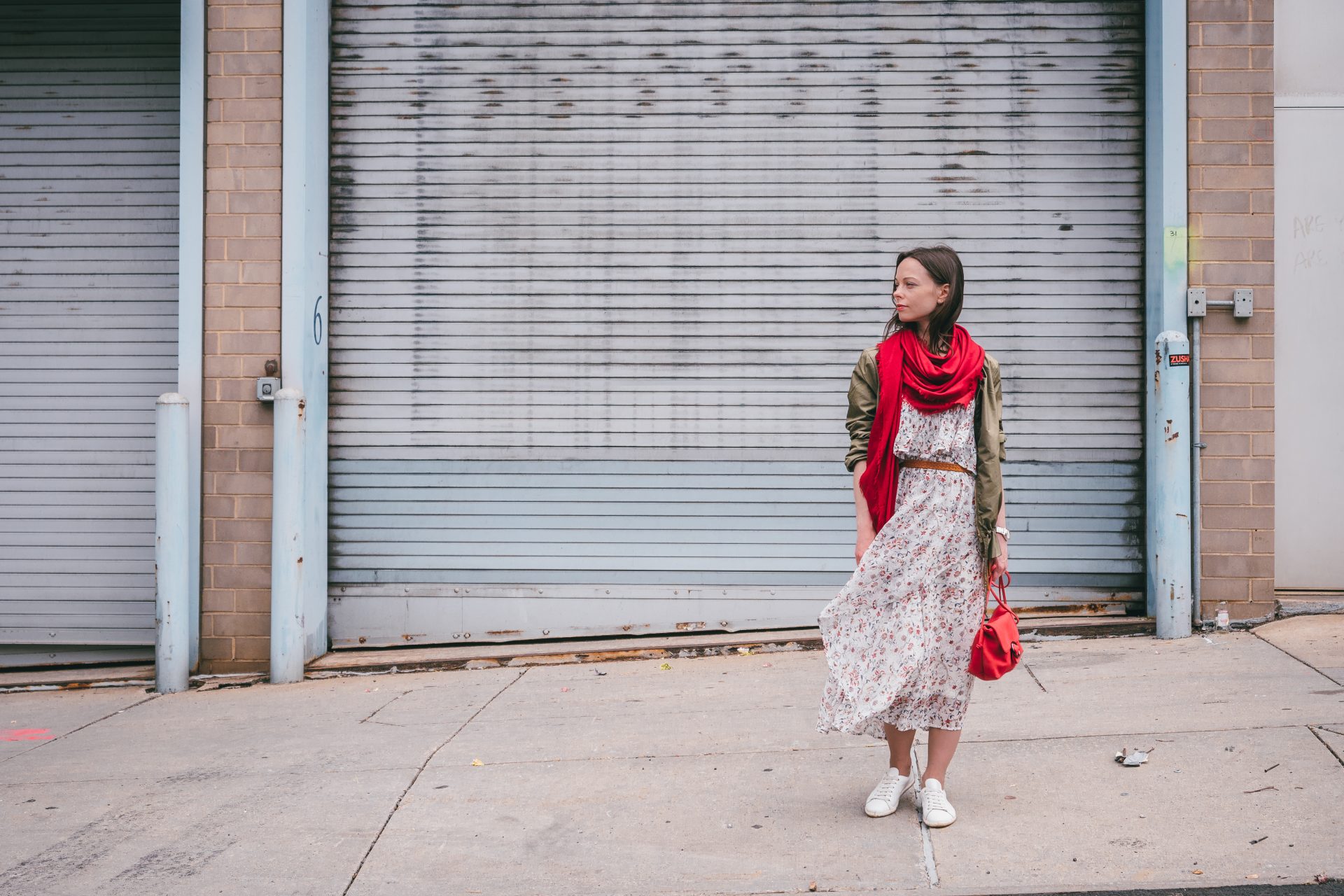
One of my recent Brooklyn experiences was a pop-up event showcasing collections by emerging designers. Each was clearly as enamored with the textures and juxtaposition of grit to glam that make up our city as I am. One of the more seasoned pop-up participants was known for her sustainable approach to fashion.
In my hands, her collection was a marriage of vintage silhouettes with the modern utility wear that you might want to don when clambering around the city. It was also a reminder that the real narrative fashion ought to be telling is one of sleep-deprived responsibility in a city that never sleeps. New York’s style scene is perhaps one of the most diverse and vibrant in the world.
In one unforgettable moment, I encountered a group of young creatives outside a boutique in the Meatpacking District. They were a mix of artistic expression—a colorful bunch, for sure. I saw everything from sharply tailored suits to deconstructed streetwear with some pre- and post-Met Gala references thrown in for good measure.
Their conversation was about the blending of cultures (in the broadest sense, not just racial). They were really rude, too. You could see Virgil Abloh’s influence all over that group.
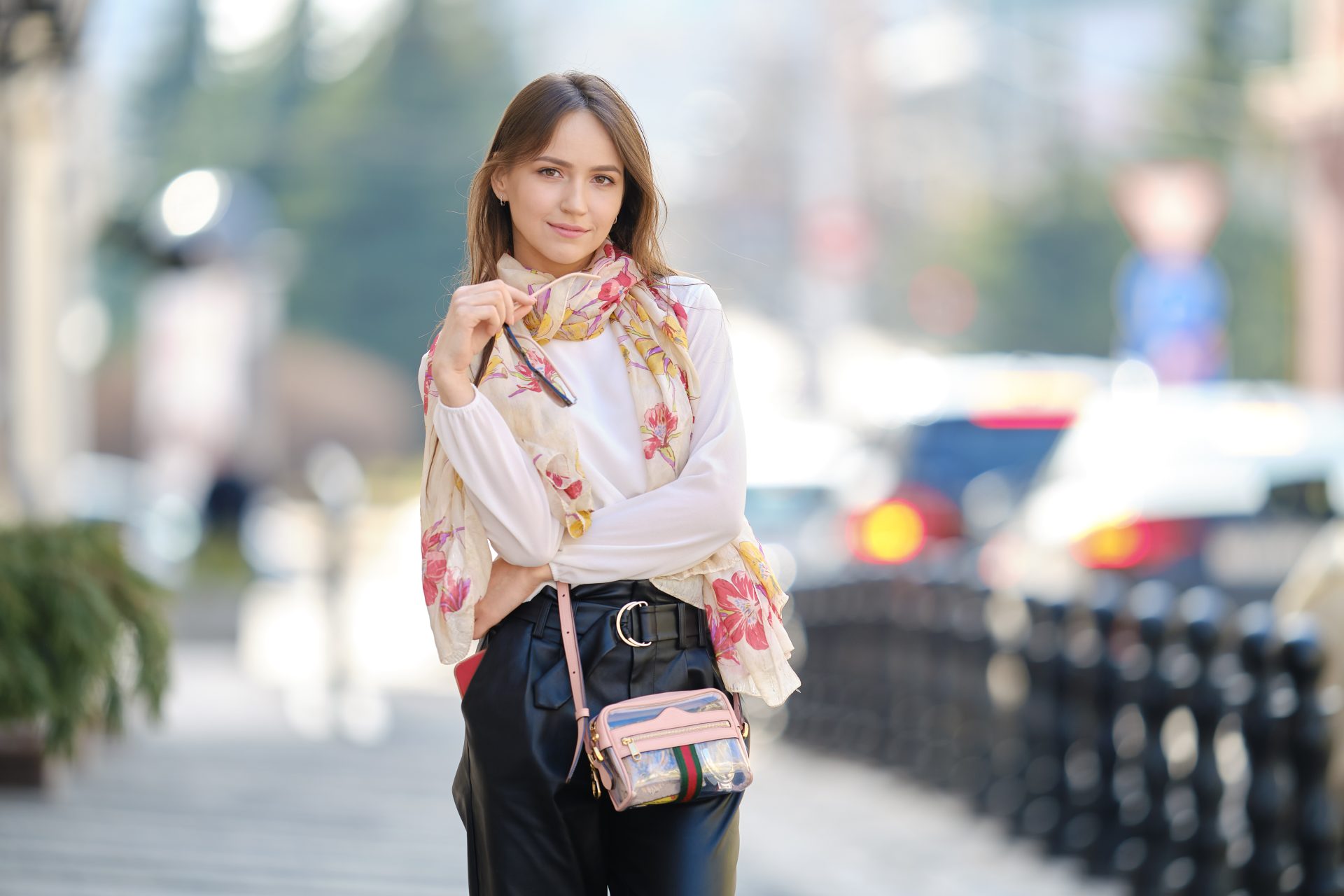
And yet—maybe my unique perspective just adds to the appearance of City Chic’s impromptu corners—this meets-with-limits thing I go on about has a long and storied past in the hairstyles and streetwear of young Black men. The way people in New York express their style has a rare authenticity. Embracing the personal narrative of a look is what makes it appealing.
Not every choice is for the sake of a trend, and even when some decisions are made to mirror a certain aesthetic moment (what is minimalism, anyway?), there’s an underlying conversation about the style using its staircase to make it to the next look. There’s also a boldness we associate with city culture, where “every piece tells a story,” as one local East Village boutique owner put it to me. That can range from a hand-stitched jacket passed down through a family to a modern reinterpretation of a classic piece.
Still, these looks make it to the street. It seems like every week there’s an urban center that serves as the next go-to for street style. But in this case, we’re talking mostly about urban center longevity.
Over my years of work, covering the city’s fashion scene, I’ve come to appreciate that it’s more than just aesthetics. It seems almost trivial to call style “an immersive experience,” but I don’t think it’s a stretch. Consider the thrill of finding a hidden gem tucked away in a narrow side street.
Then think about how potent a single well-chosen (and well-placed) accessory can be in transforming an otherwise basic look. These are the moments when New York looks like the kind of place that continuously redefines what “chic” even means. And for what it’s worth, it seems we’re all part of that grand narrative.
Runways of concrete exist not just on the pages of sumptuous magazines but also in the everyday hustle of the city. There’s one here, in the space between the meticulously tailored details of a bespoke suit and the avant-garde variations in classic silhouettes that walk these streets. There’s an urban elegance, a heartfelt exchange between anything but a static routine, when “City Chic” struts by.
With this idea in my head, I continue to explore and document the fashion world of the City Chic. And I am constantly reminded that the best fashion stories—the most compelling stories, even—are the ones that remain true to their roots.
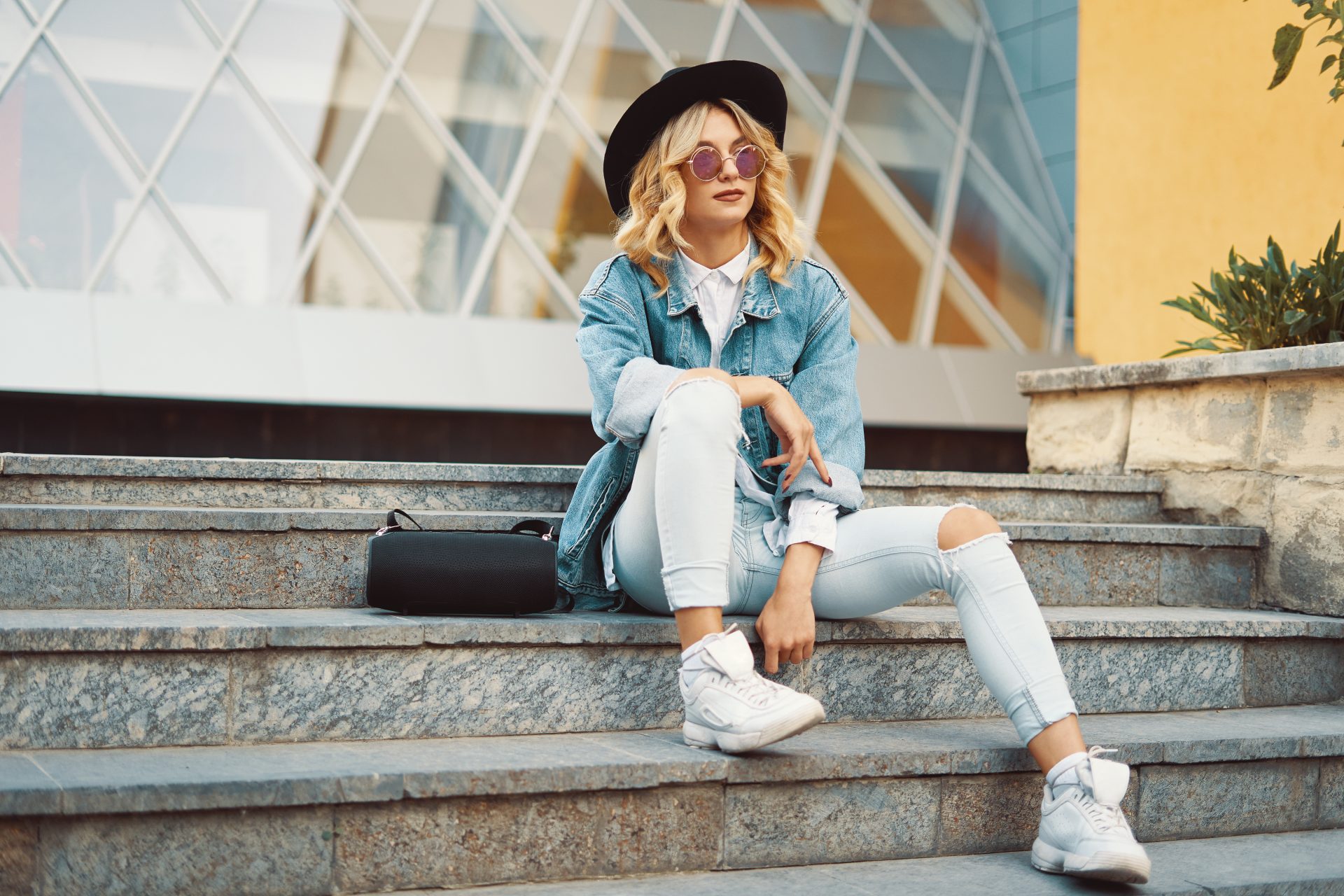

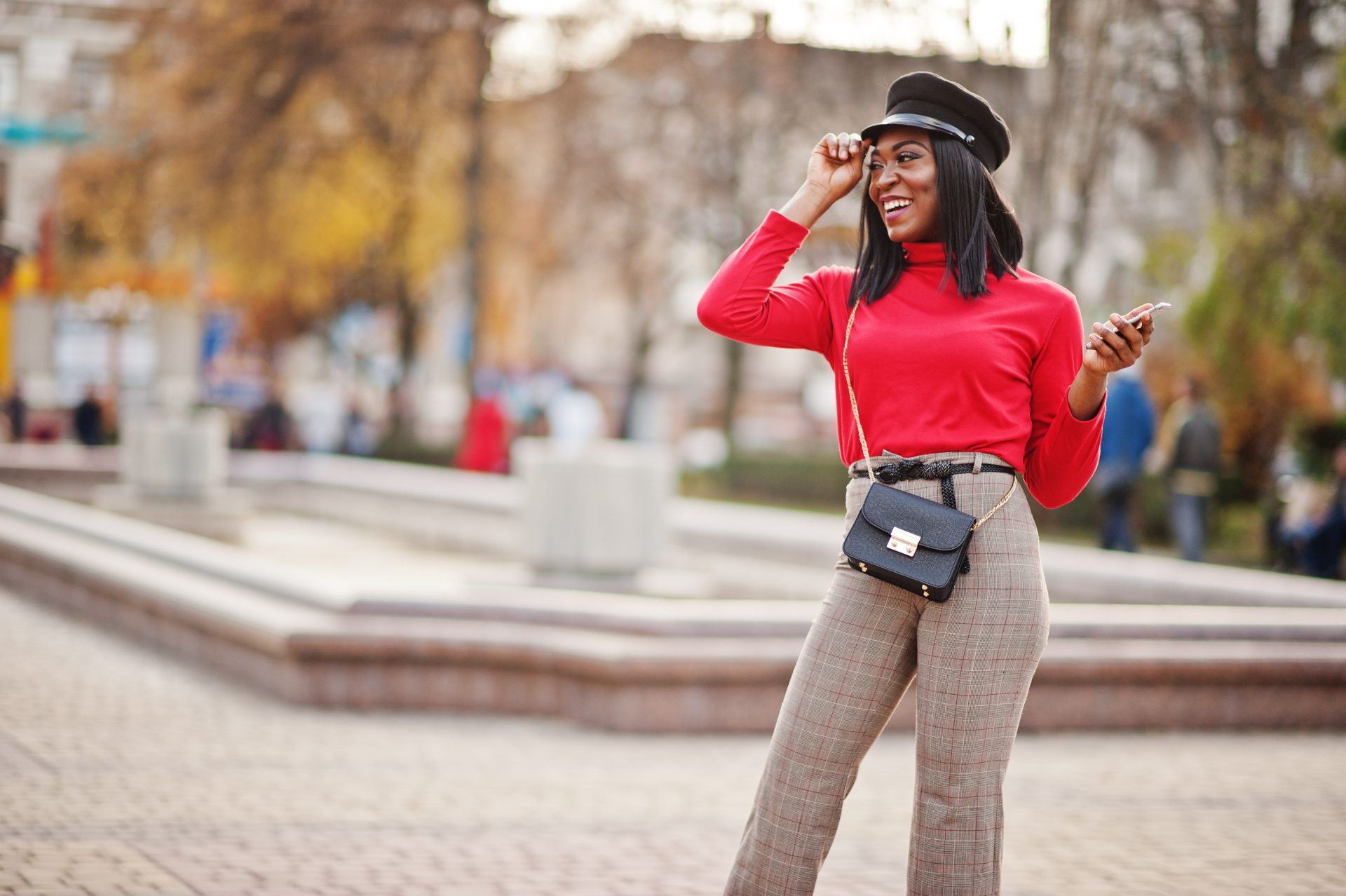
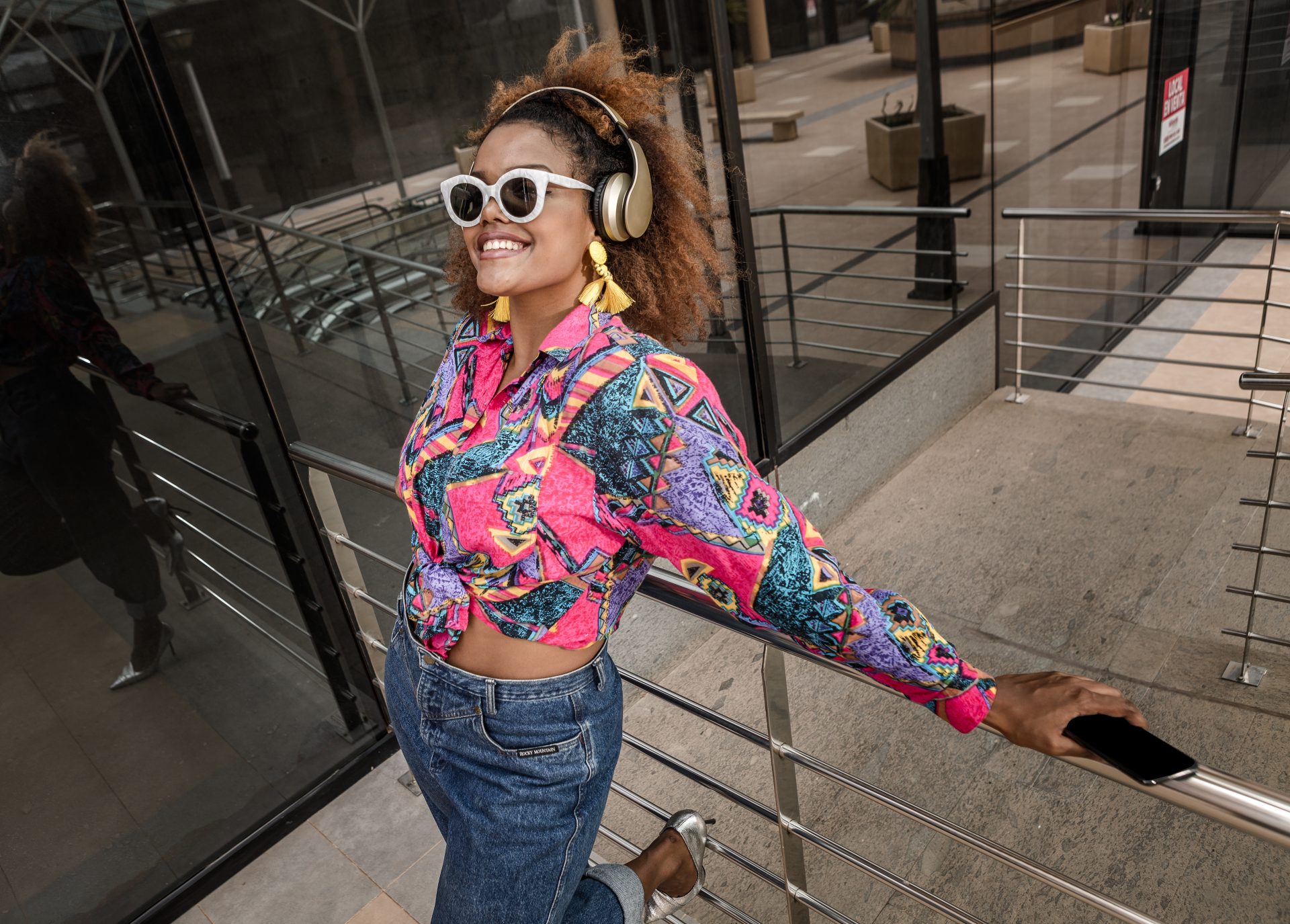
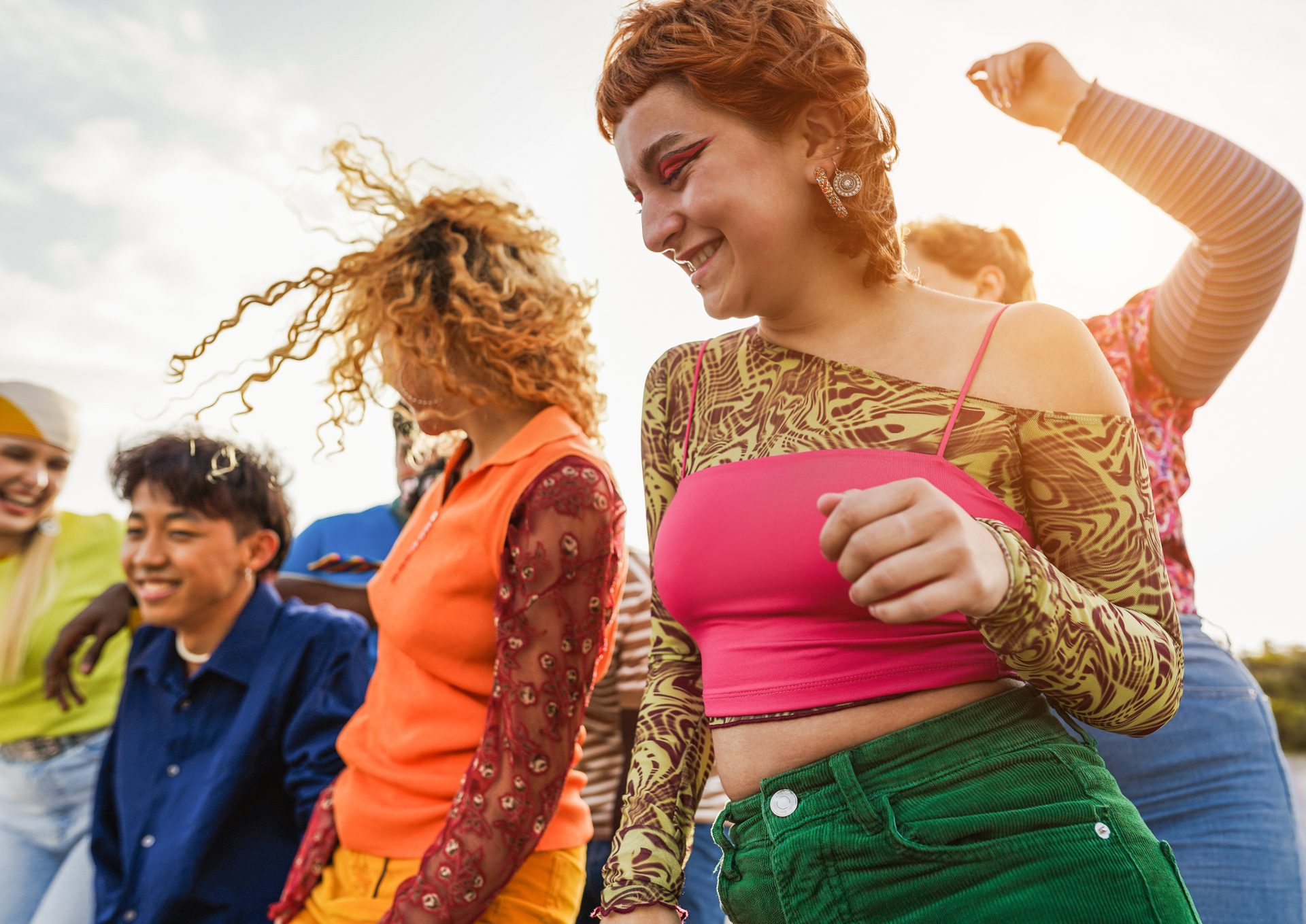

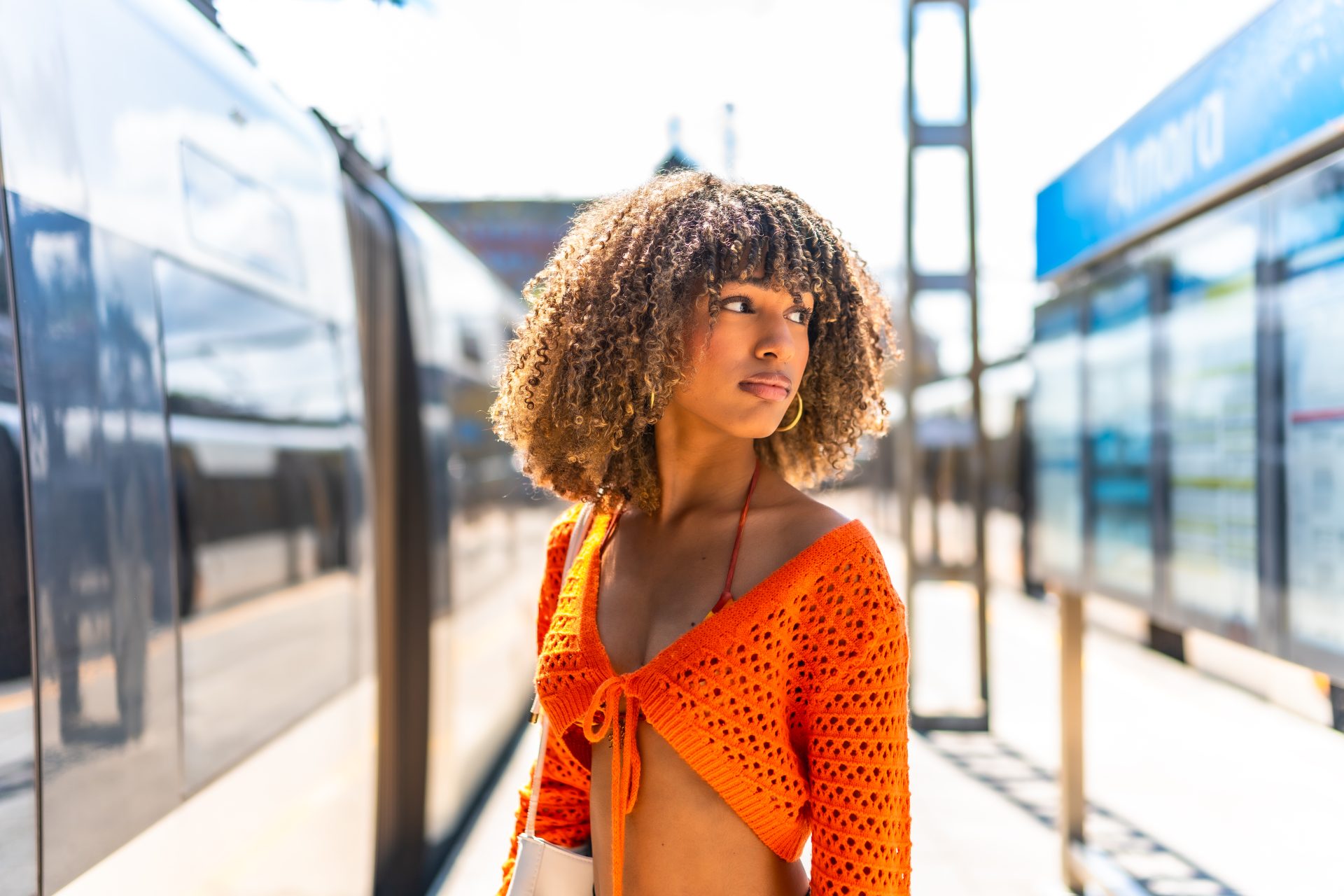
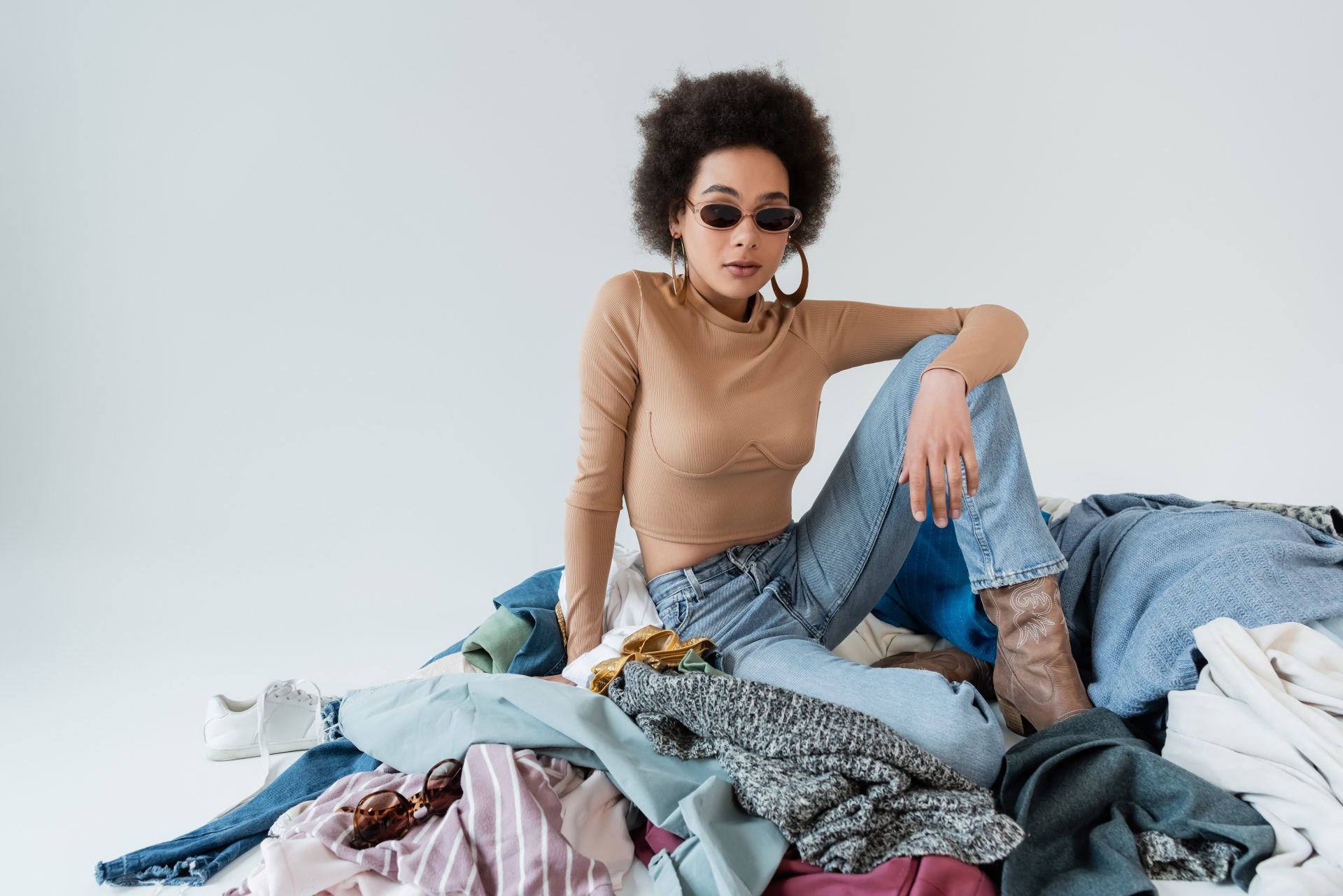
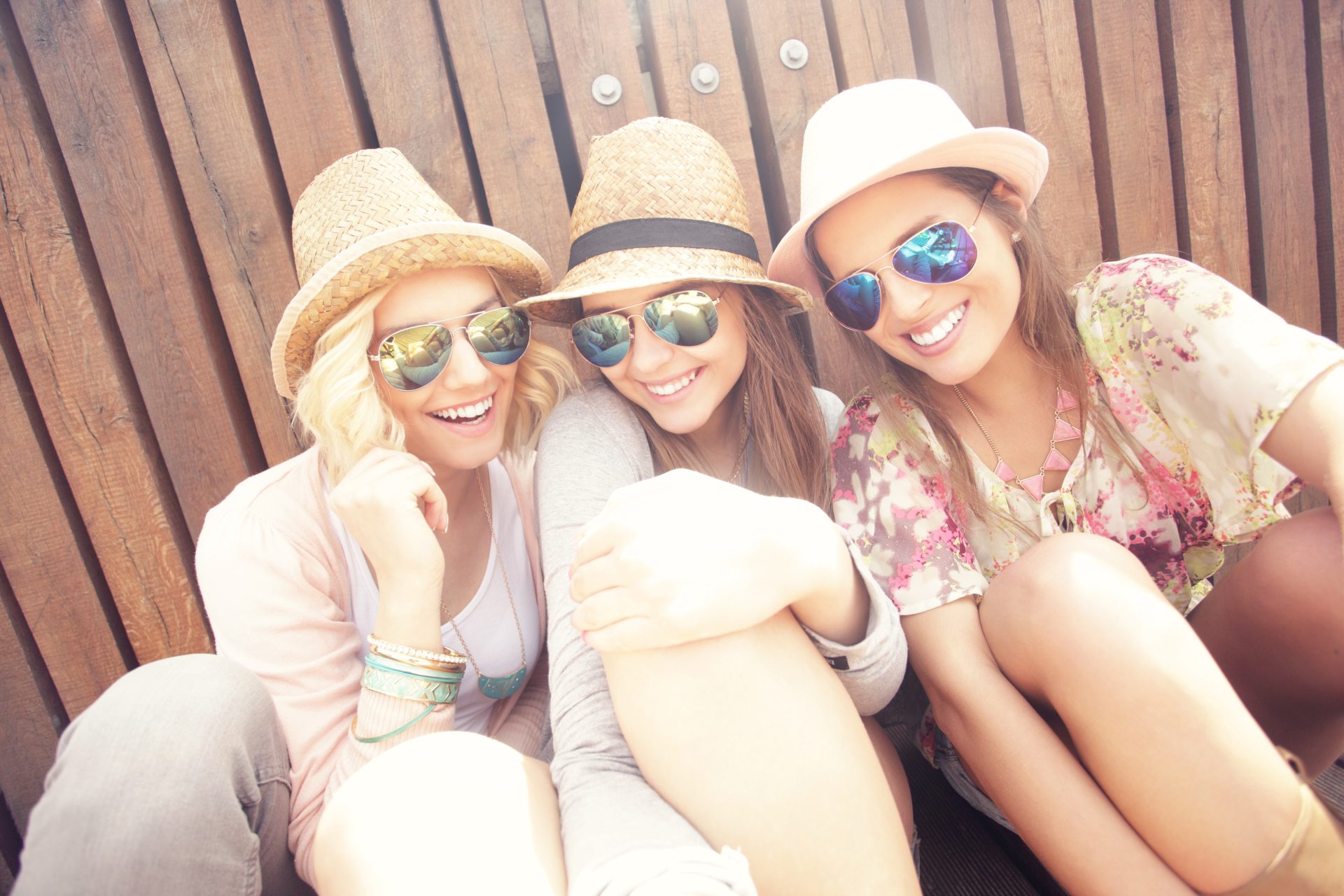
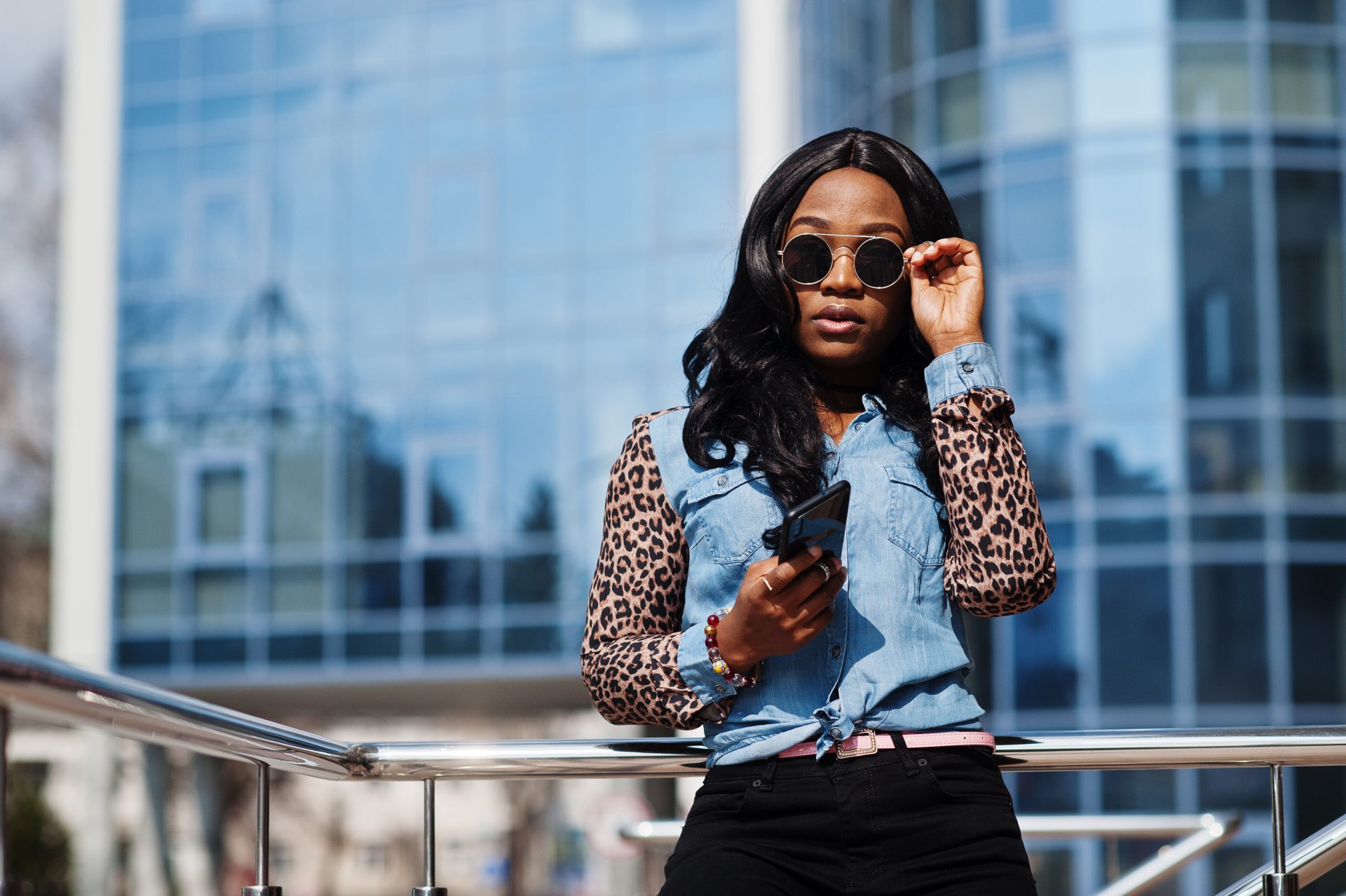
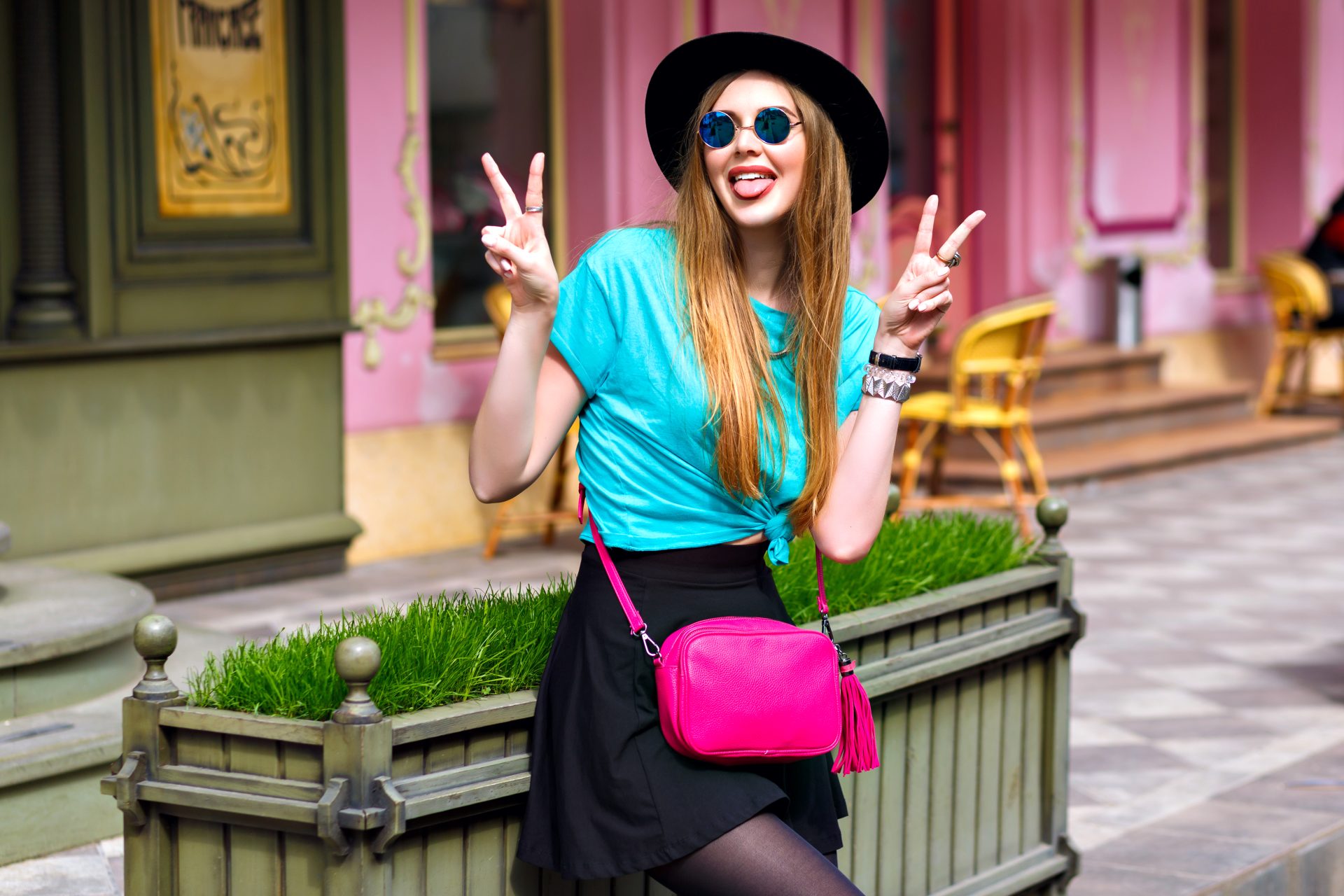
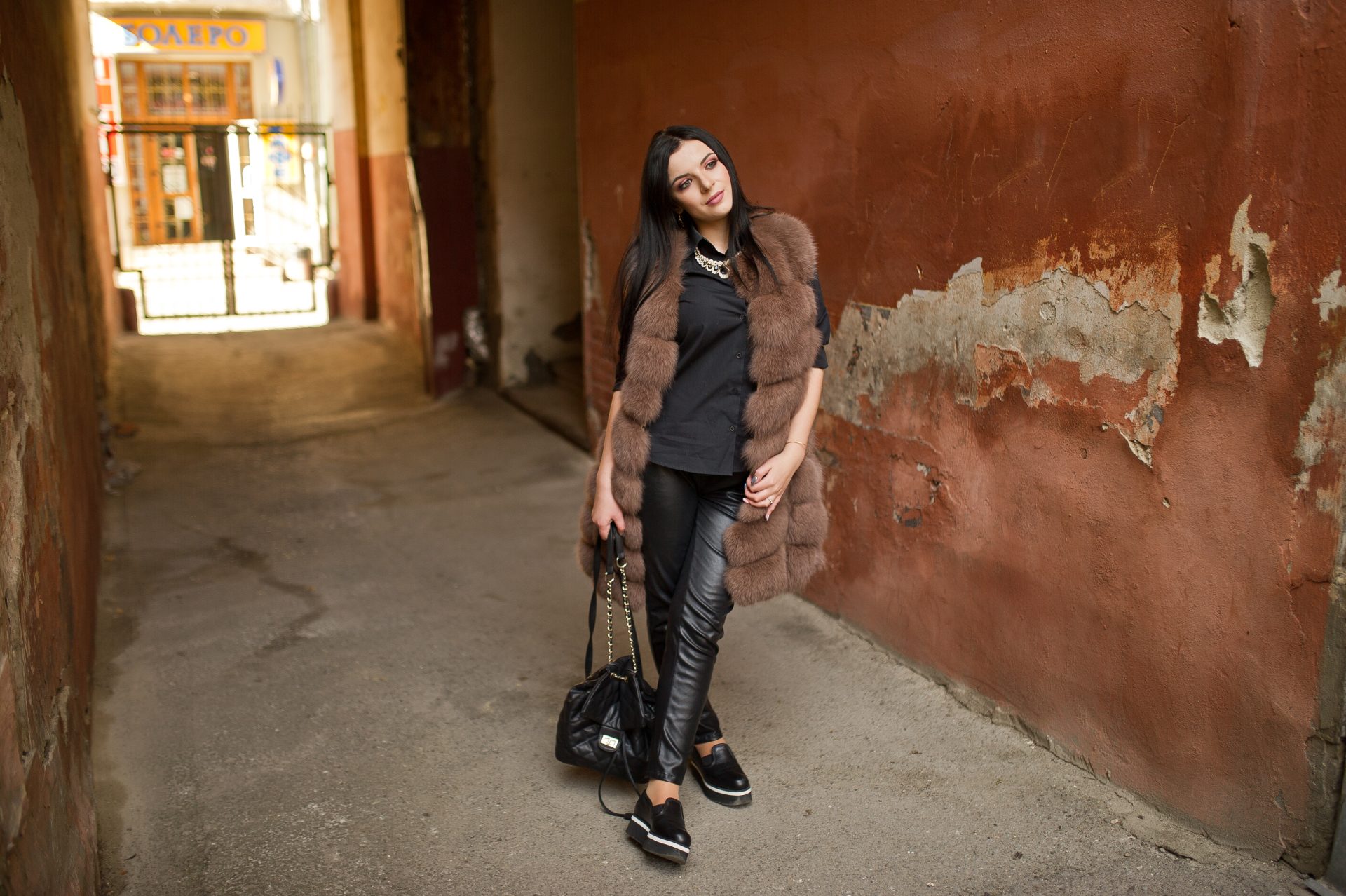
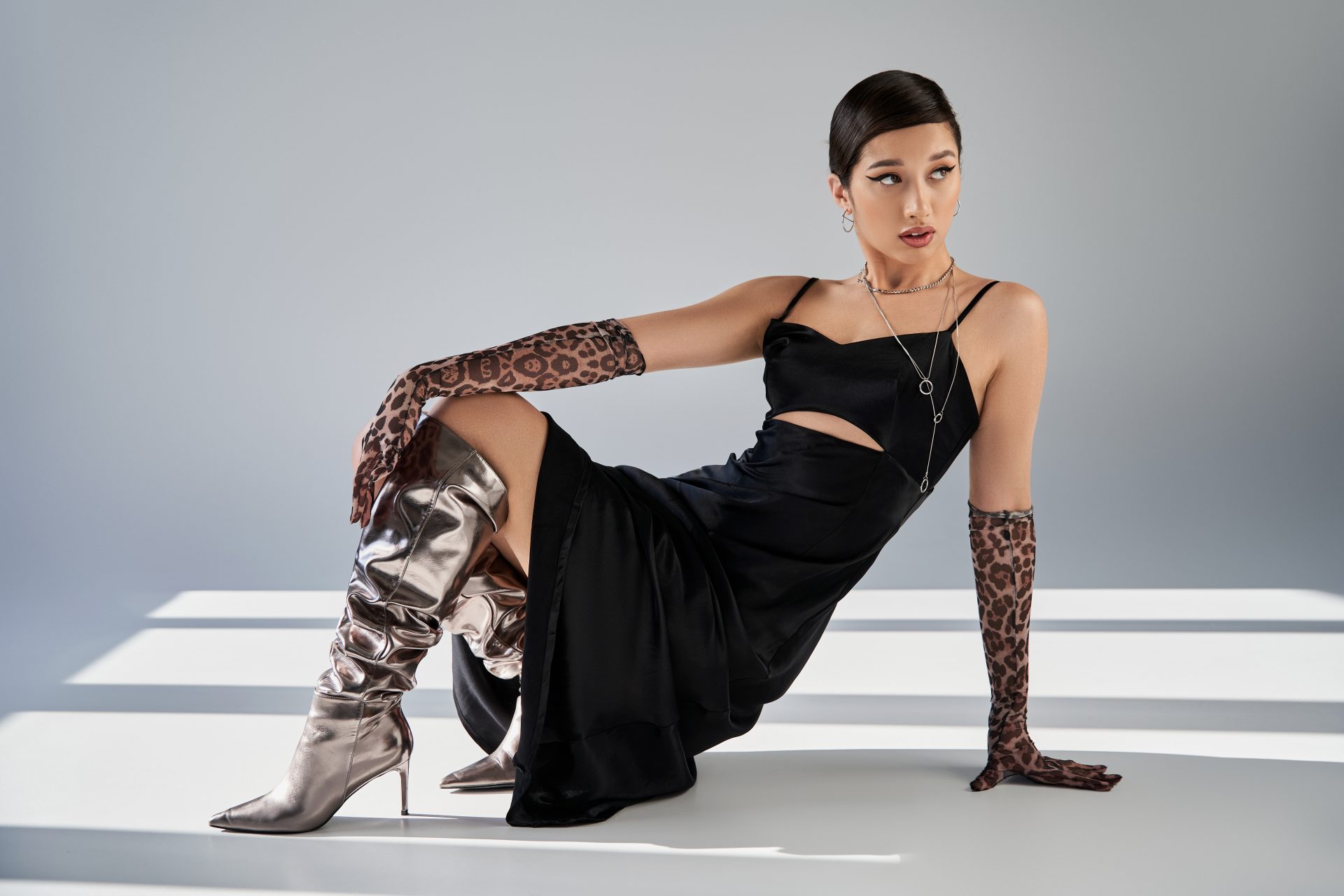
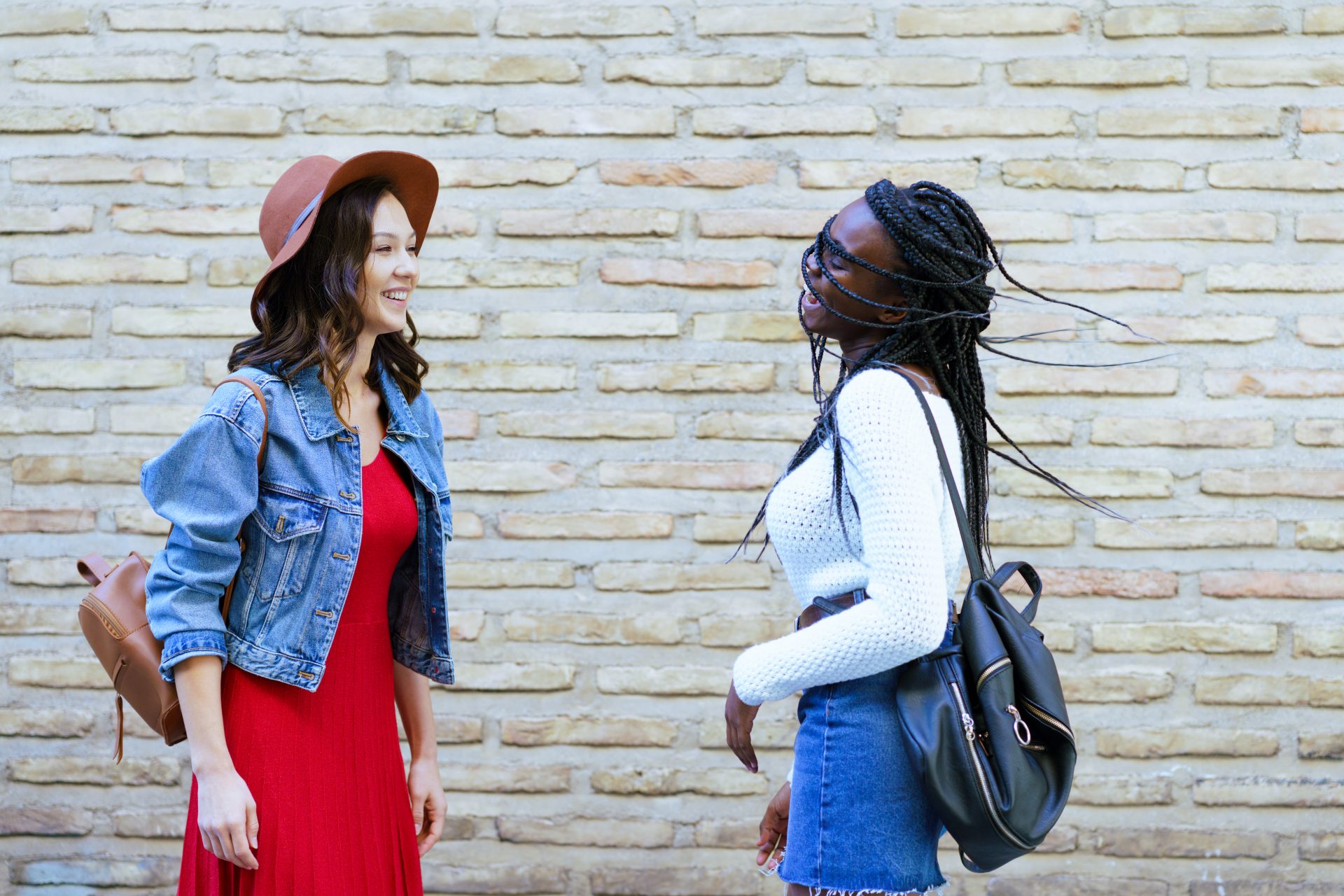
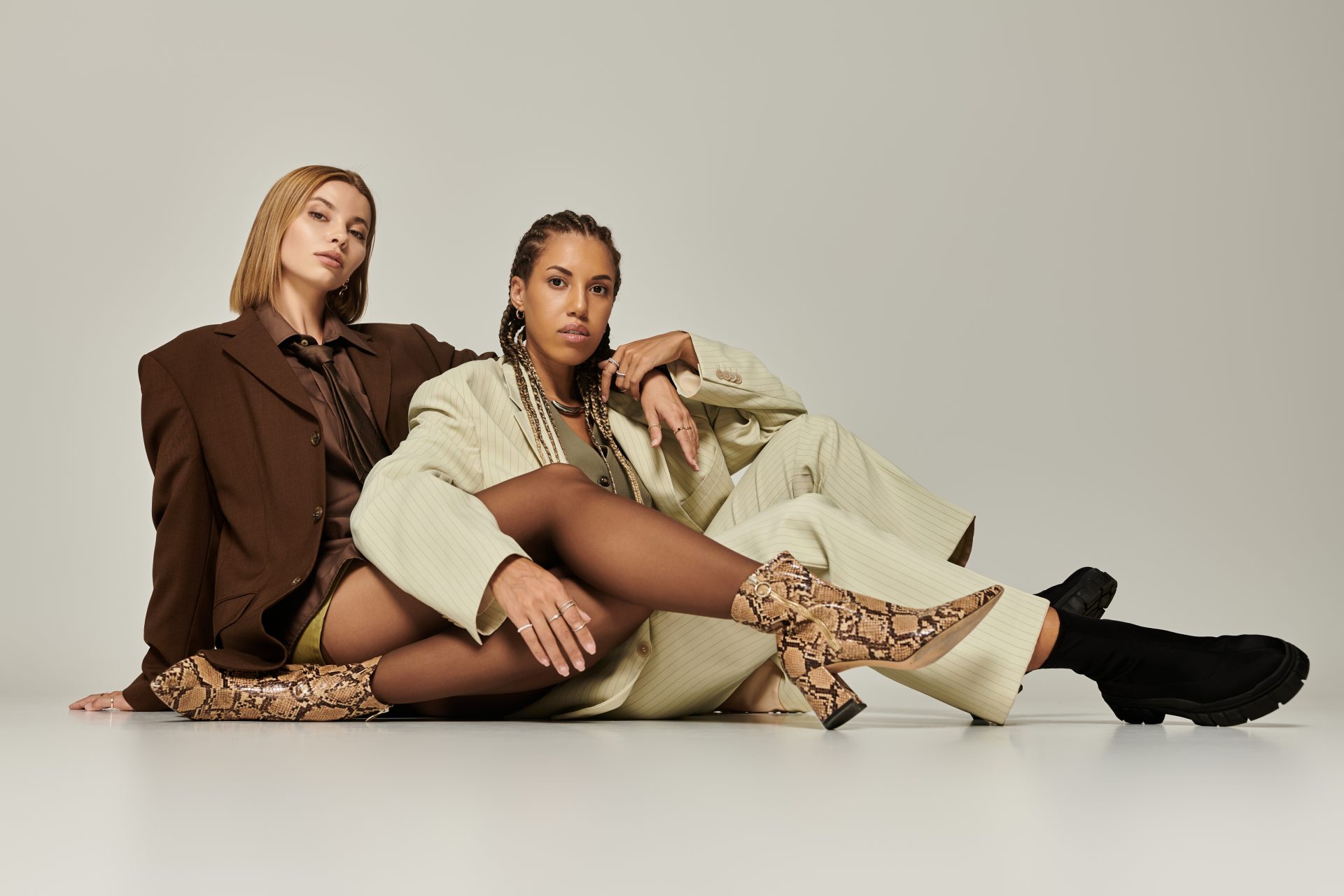


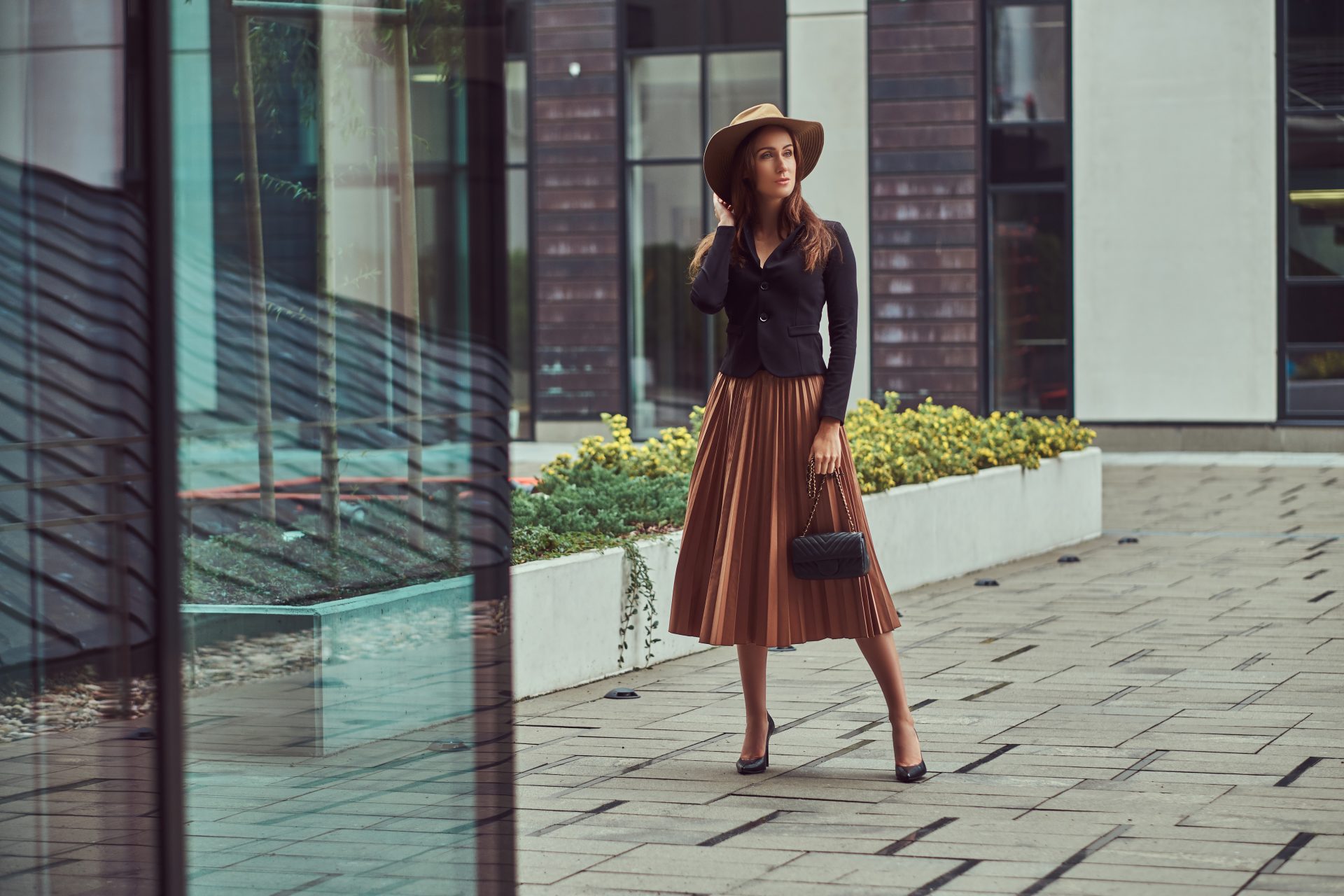
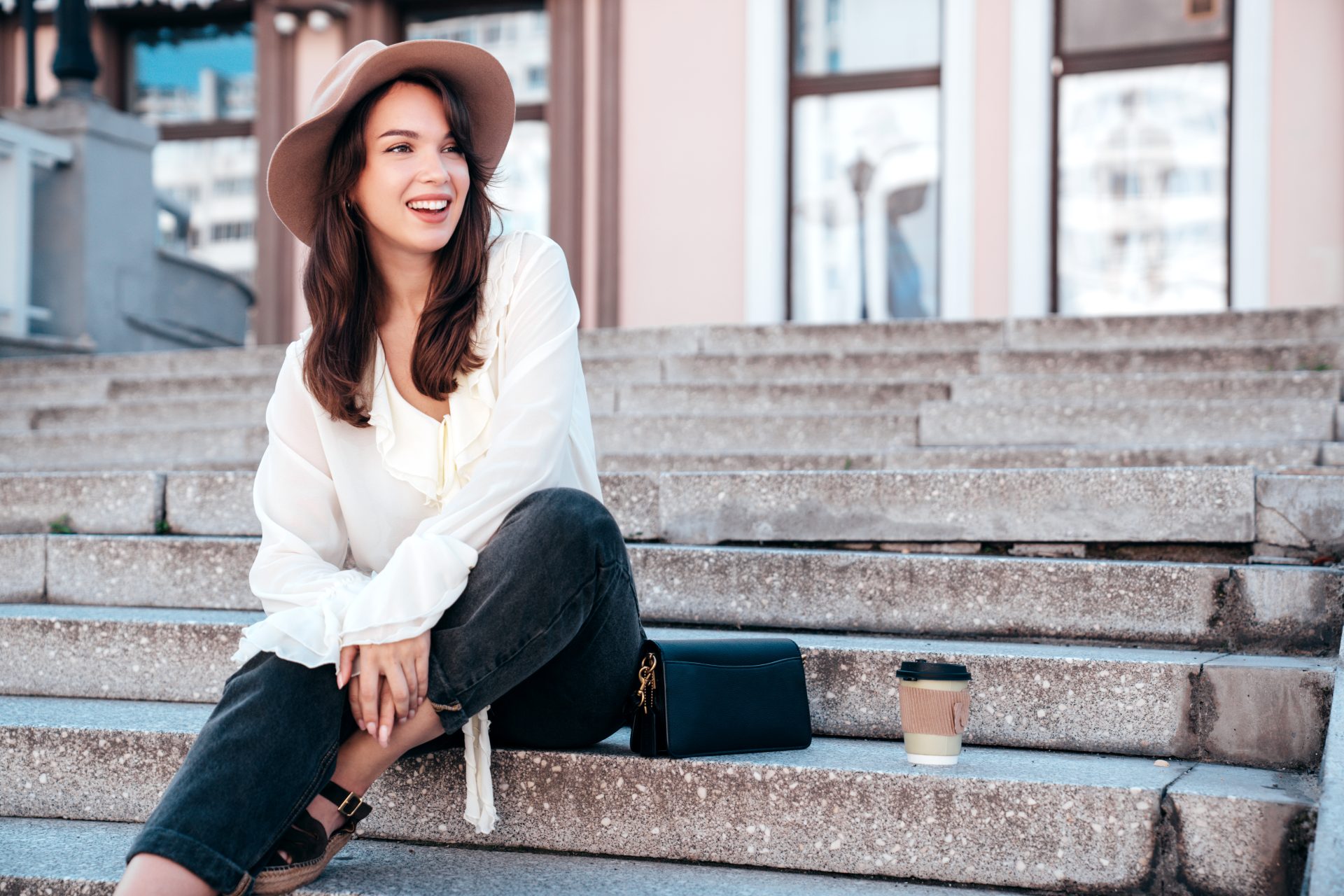
0 Comments